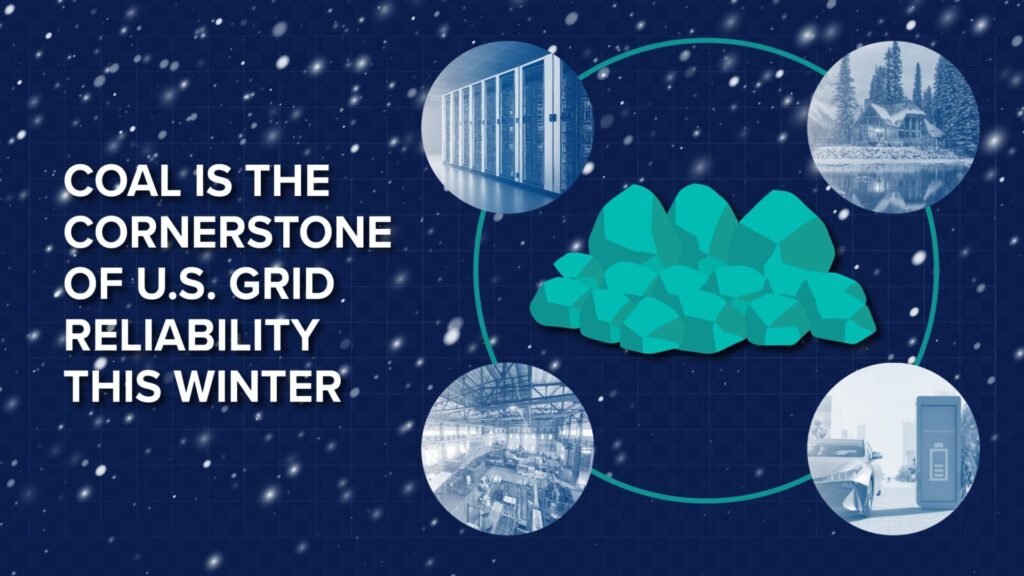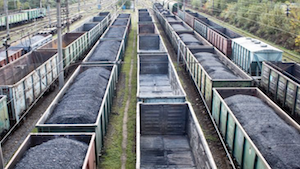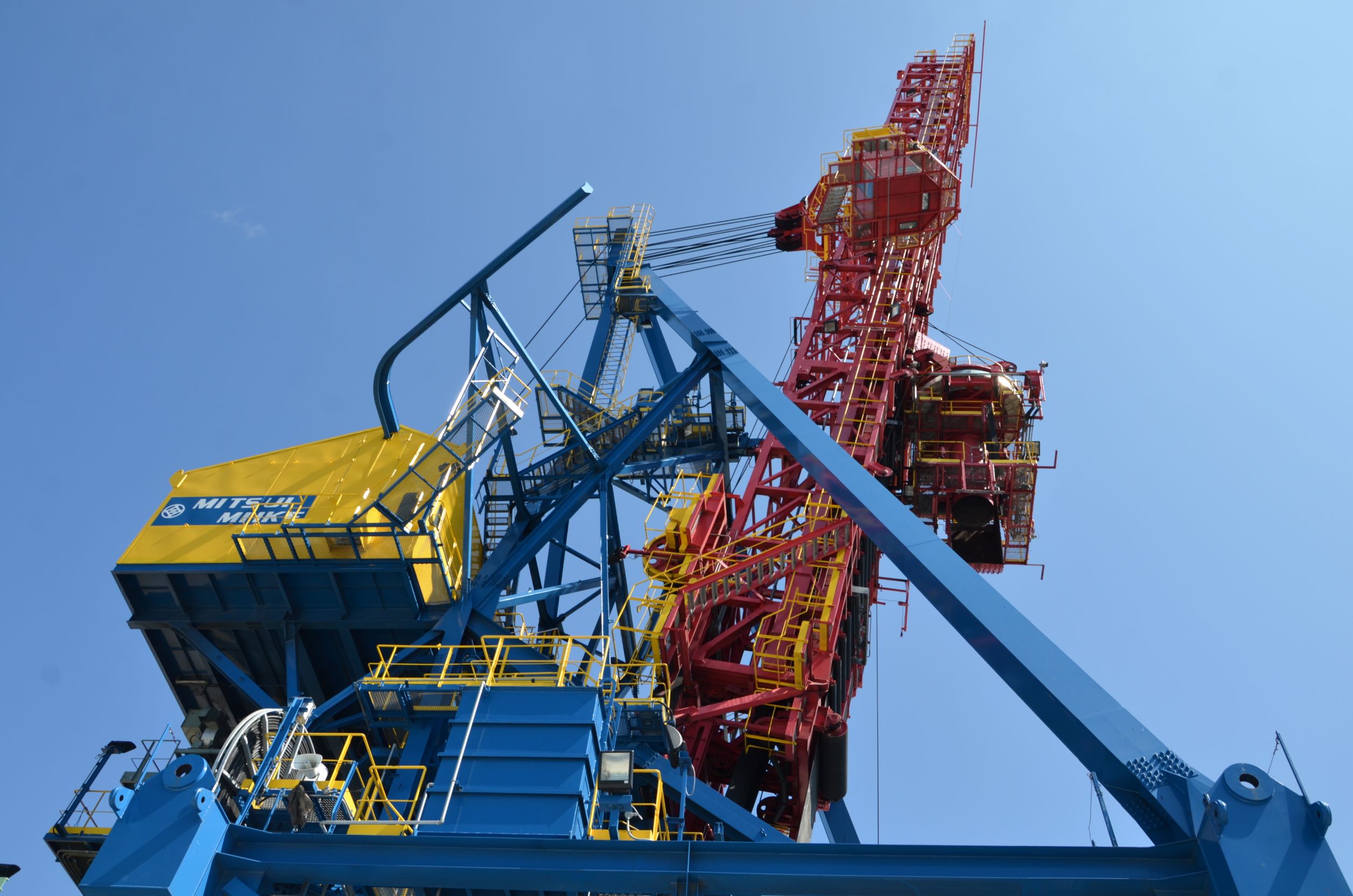

As winter approaches, the reliability of the U.S. energy grid becomes critical, particularly in the face of rising electricity demand. Coal remains a bulwark of the U.S. energy system and particularly important to providing the fuel-secure, on-demand power needed during harsh winter months. No other energy source offers this level of dependableness.
As the North American Electric Reliability Corporation (NERC) recently noted in its 2024-2025 Winter Reliability Assessment, winter electric load is growing in most areas in the U.S. as the grid increasingly powers heating, transportation systems and new data centers.
This growth underscores the importance of maintaining sufficient dispatchable generation and strong transmission networks to support these demands. Many regions in the U.S. could face electricity shortfalls in the winter of 2024-2025, especially during extreme cold snaps, highlighting coal’s importance in preventing treacherous, life-threatening blackouts.
Extreme winter weather can significantly spike energy demand as our homes and businesses rely more on electric heating. This surge in demand, coupled with the potential for natural gas shortages during freezing temperatures, leaves the grid vulnerable to outages. Coal, however, stands out again and again as coming to the rescue when grids need power most during bitter cold. And according to NERC, that critical role is only growing increasingly important as more variable renewable power makes up a larger and larger percentage of resource additions.
Beyond immediate winter reliability, the broader U.S. energy landscape is also evolving rapidly, with electricity demand set to soar in the coming years due to several key factors.
Over the past two decades, U.S. electricity demand had decoupled from economic growth, remaining flat despite steady GDP expansion. However, this trend is now reversing. A surge in energy-intensive industries, including data centers, electric vehicle (EV) infrastructure, and manufacturing, is driving electricity demand growth not seen since the 1990s.
The rise of artificial intelligence (AI) and large language models, which power technologies like ChatGPT, is accelerating the need for massive data center capacity. Today, data centers account for 3-4% of U.S. electricity consumption, and that number is expected to surge as demand for computational power increases.
With tech giants like Amazon, Google, Meta, and Microsoft increasing their capital expenditures to keep pace with the growth of AI, data center electricity demand could rise between 10-20% annually through 2030. At the higher end of estimates, this would add 35 GW of new demand over just the next five years – an amount of power needed for 30 million homes.
While renewables are expanding, they are not coming online fast enough to replace retiring coal plants and meet this surging demand. Coal’s ability to provide consistent, around-the-clock power is crucial in filling the gaps left by intermittent renewable sources.
Given the rapid rise in electricity demand and the lagging infrastructure needed to support renewable energy, coal power will continue to play a vital role in balancing the U.S. grid. Without the existing coal fleet, the U.S. risks severe capacity shortfalls during peak demand periods, leading to potential blackouts and skyrocketing energy prices. U.S. electricity prices have already jumped 29% in just the past four years.
Grid operators are warning of potential capacity shortfalls in key regions, particularly in areas like the PJM market, the nation’s electricity market largest serving 65 million Americans. PJM projects it will be short of power during peak winter conditions as soon as 2030.
As the U.S. prepares for a future of soaring electricity demand, a diverse energy mix will be essential to meeting these needs. Coal power, with its proven fuel security and reliability, should remain a cornerstone of the U.S. energy grid, particularly during the winter months when demand spikes and other sources of energy may not be available or sufficient.
Grid reliability and the economic opportunity presented by electrification, the emergence of AI and the reshoring of heavy industry, rest on a foundation of affordable, reliable power. Policymakers must recognize the coal fleet’s irreplaceable role in providing it.
Source: Rich NOLAN (National Mining Association)












